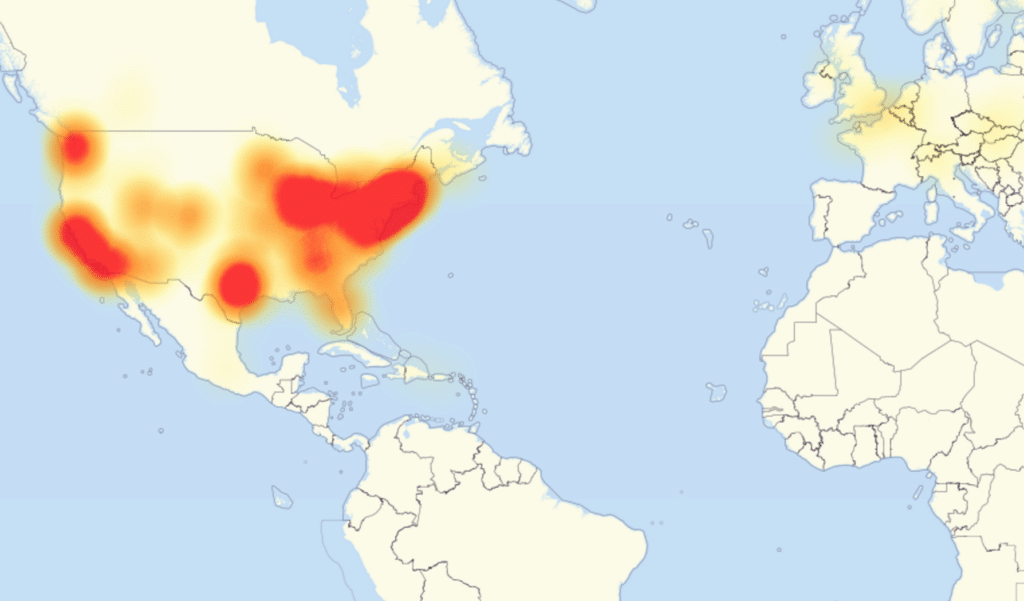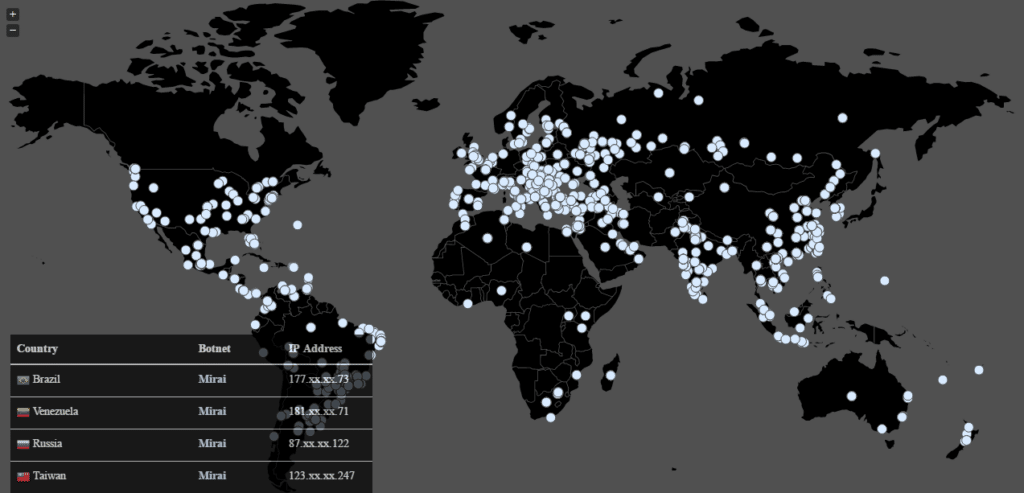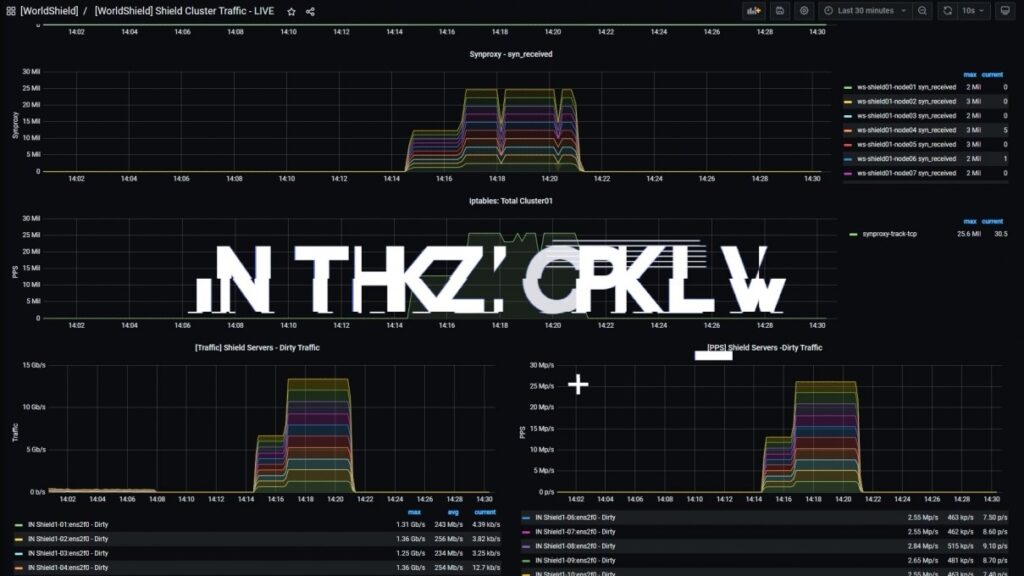In the vast realm of cybersecurity, few phenomena strike fear into the hearts of businesses and organizations quite like Distributed Denial-of-Service (DDoS) attacks. Over the years, the digital landscape has witnessed some of the most devastating cyber assaults, where waves of malicious traffic overwhelm servers, rendering them inaccessible and causing untold disruptions. In this article, we delve into the annals of history to explore the five worst DDoS attacks ever recorded, each leaving an indelible mark on the cybersecurity landscape.
From the major DDoS attacks that brought down entire networks to the cataclysmic events that shook global online infrastructures, these instances serve as cautionary tales and reminders of the ever-looming threat that awaits those unprepared.
Contents
Five Most Devastating DDoS Assaults
The five most devastating DDos assaults ever recorded include:
1. The Great DDoS Storm of 2002
Unleashing Internet Chaos In the year 2002, a digital tempest swept across the internet, leaving a trail of chaos in its wake. The attack, known as the Great DDoS Storm, harnessed a massive botnet army to bombard targeted websites and infrastructure. This assault disrupted major online platforms and revealed the vulnerability of the internet’s infrastructure. The world witnessed the sheer power of coordinated DDoS attacks, marking a turning point in cybersecurity history.
2. The Dyn Attack of 2016
In 2016, a devastating DDoS attack struck at the heart of the internet, targeting the Domain Name System (DNS) provider Dyn. This assault crippled prominent websites, including Twitter, Netflix, and Spotify, temporarily bringing down their services. The attack exploited vulnerable IoT (Internet of Things) devices, transforming them into a formidable botnet army. The Dyn attack served as a wake-up call, highlighting the need for better security measures to protect against DDoS threats.
3. The GitHub Attack of 2018
In 2018, the popular software development platform GitHub faced one of the largest DDoS attacks in history. This assault reached an unprecedented scale, peaking at an astonishing 1.35 terabits per second (Tbps) of traffic. The attack exploited a known vulnerability in Memcached servers, amplifying the assault to an overwhelming magnitude. The GitHub attack demonstrated the evolving tactics of DDoS perpetrators and the necessity for constant vigilance in safeguarding digital infrastructure.
4. The Mirai Botnet Attacks of 2016
In 2016, the cybersecurity landscape witnessed the rise of the notorious Mirai botnet, which wreaked havoc by targeting vulnerable IoT devices. This botnet, composed of compromised devices such as cameras and routers, launched massive DDoS attacks on various targets, including internet service providers and popular websites. The Mirai attacks exposed the risks associated with insecure IoT devices and the urgent need for robust security measures to prevent their exploitation.
5. The Spamhaus Attack of 2013
Engulfing the Internet in a Data Avalanche In 2013, the anti-spam organization Spamhaus found itself under a relentless DDoS assault that threatened to disrupt the entire Internet infrastructure. This attack, launched by a cybercriminal group, utilized a vast botnet to flood Spamhaus’s servers with an unprecedented volume of traffic. The assault reached a staggering 300 gigabits per second (Gbps), causing widespread congestion and exposing the vulnerability of critical internet services.
Conclusion
As we bid farewell to the realms of the worst DDoS attacks in history, we must reflect on the lessons learned from these devastating cyber assaults. Major DDoS attacks, such as the Great DDoS Storm, the Dyn Attack, the GitHub Attack, the Mirai Botnet Attacks, and the Spamhaus Attack, have reshaped the cybersecurity landscape, driving the need for stronger defenses and heightened awareness. It is through these historical battles that we realize the importance of proactive security measures, collaborative efforts, and ongoing advancements in cybersecurity technologies. Let us remain vigilant and united in our quest to defend against the ever-evolving threats that loom in the digital realm.




